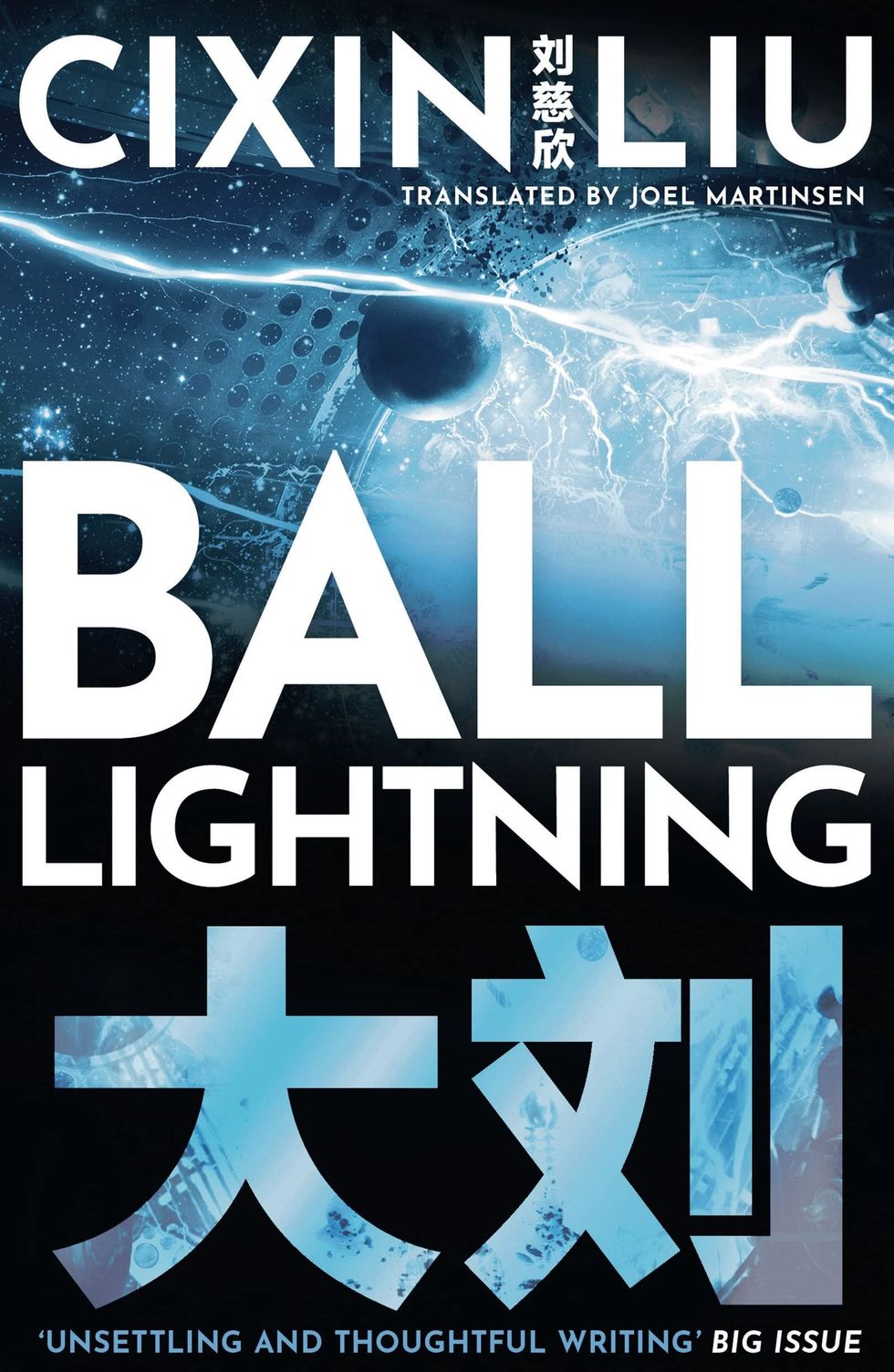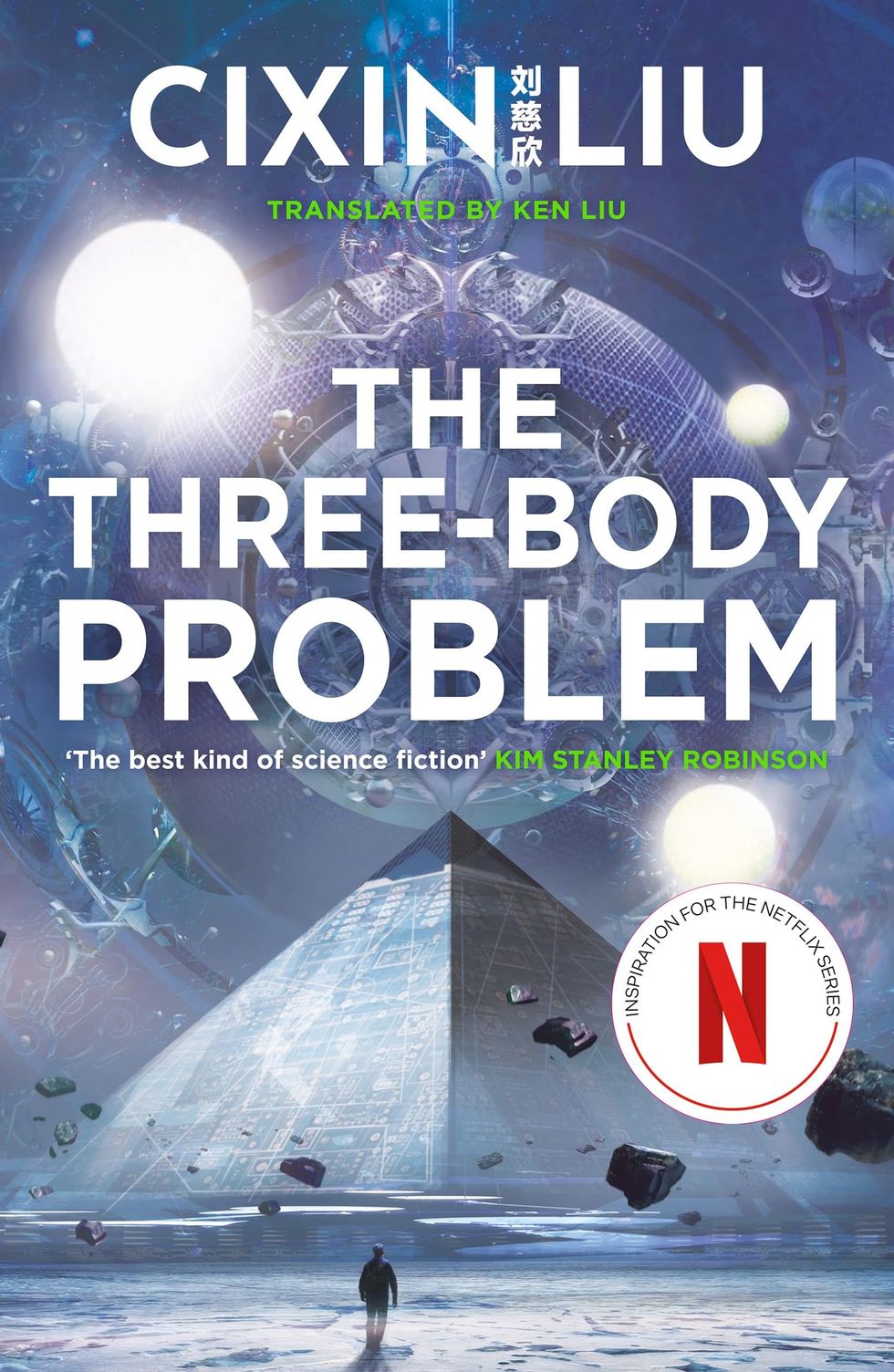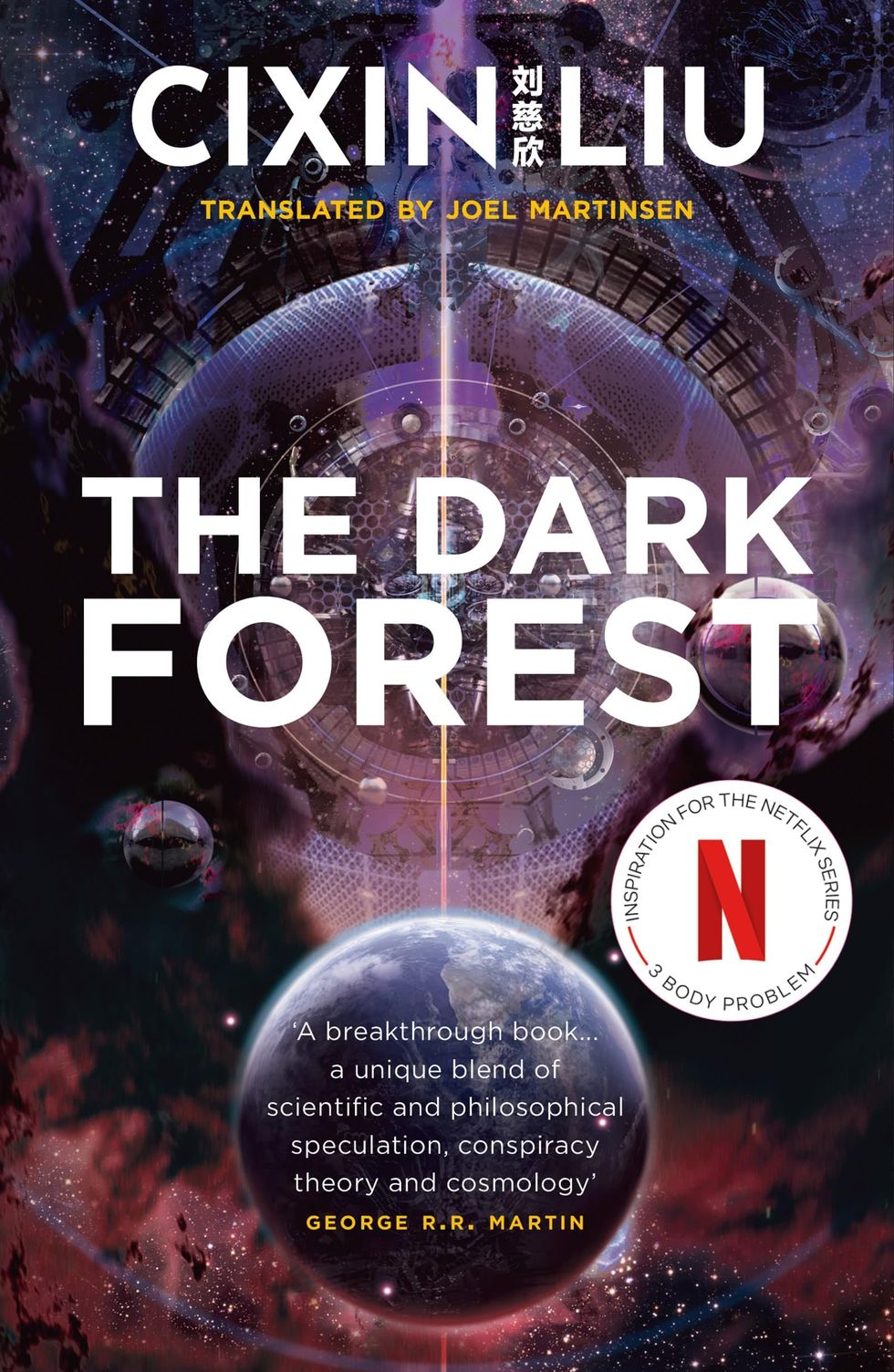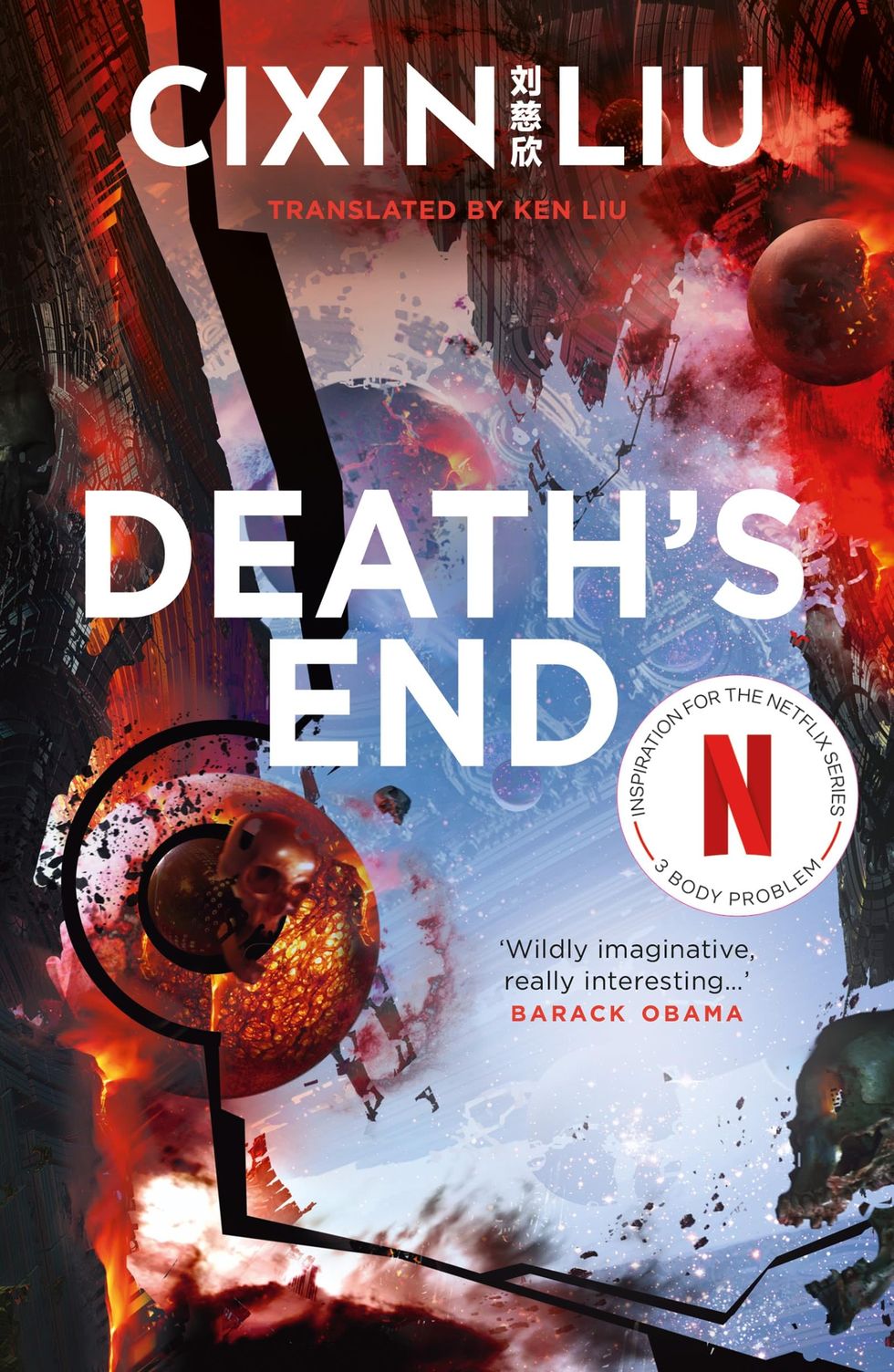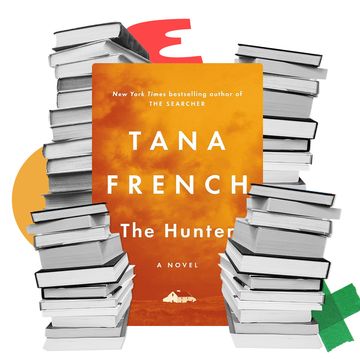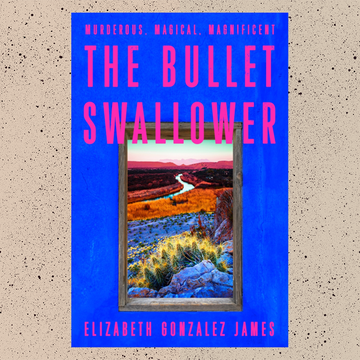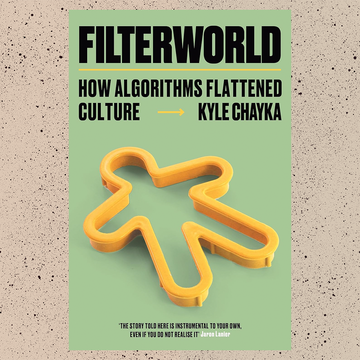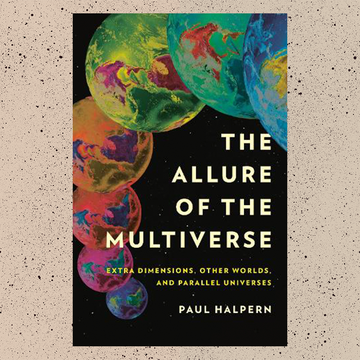We earn a commission for products purchased through some links in this article.
How to Read the '3 Body Problem' Novel Series in Order
Our guide to the 'unfilmable' sci-fi story, now that it's been adapted into a Netflix show

If you don’t remember the mathematical expression that governs the motion of three celestial bodies in a vacuum, fear not. Netflix has spent over $160 million to help you out.
To make that completely clear: the streaming supergiant has spent $20 million (£16 million) per episode to make 3 Body Problem, an alien-invasion epic of such sweeping complexity that it makes the Big Bang theory read like a nursery rhyme. That makes it the streamer’s most expensive scripted series ever.
Based on the Remembrance of Earth’s Past novels by Chinese author Liu Cixin, the show covers a phantasmagoria of spacey theories and concepts – both real and imagined – from the “Wow! Signal” to the Fermi Paradox, Rare Earth Theory to Dark Forest Theory.
Do you need a degree in astrophysics to enjoy the show? Of course not. Still, an elementary understanding of some of these ideas will improve the journey. This is where Liu Cixin’s books come in, carefully explaining abstruse science concepts in clear language, many of which Netflix can only touch on lest it overloads our screentime-addled attention spans.
But the Remembrance of Earth’s Past is more than just a string of theories. It’s also a rollicking tale of cosmic intrigue, human resilience, and angry aliens. It’s a narrative that spans centuries and galaxies, intertwining a rich constellation of characters as they pinball about through time and space.
The story is not just about survival against extra-terrestrial forces. It's also about the philosophical and ethical questions that come with the advancement of civilisation. It challenges viewers to consider what it means to be human in the face of the unknown and the lengths to which we will go to protect our world and our species.
Which is all to say, really: it’s a load of alien-invading fun.
There are five books set in the Remembrance of Earth’s Past universe, three of which were penned chronologically from 2006, with a prequel and a sequel later written to fluff out the franchise.
But how should you read them, and when?

Tabitha Lasley: What It Felt Like for a Girl

How to Read the 'Ripley' Novel Series in Order

Percival Everett's New Novel Is a Modern Classic

Blood Loyalty
